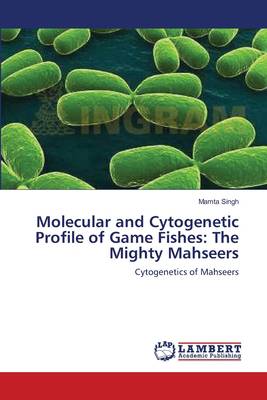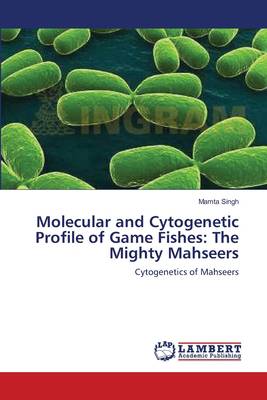
- Afhalen na 1 uur in een winkel met voorraad
- Gratis thuislevering in België vanaf € 30
- Ruim aanbod met 7 miljoen producten
- Afhalen na 1 uur in een winkel met voorraad
- Gratis thuislevering in België vanaf € 30
- Ruim aanbod met 7 miljoen producten
Zoeken
€ 48,45
+ 96 punten
Omschrijving
India is one among the 12-mega biodiversity countries which harbour 60-70% of the world's recorded biodiversity. With only 2.4% of land area, India accounts for 7-8% of the recorded species of the world. Out of approx 31600 fish species recorded worldwide, more than 2463 fish species are present in Indian water bodies. Mahseer is the common name for several fresh water fish species of large scaled barbels (genera Tor, Neolissochilus, and Naziritor in the family Cyprinidae (carps) found in the Asian subcontinent and inhabits a wide range of Indian river-systems and has high demand as food and attraction for anglers as a sport fish. Mahseer are the most famous game fish known for its fighting spirit. In this monograph, cytogenetic profile of the 5 mahseer species has presented. Within the framework of research on macro-evolutionary processes in this species, which has not been characterized previously among different species and geographically isolated populations, information derived from simultaneous chromosomal localization and nucleotide sequences of 45S and 5S ribosomal RNA presented and discussed to better investigate the presence of discrete species/population specific marker.
Specificaties
Betrokkenen
- Auteur(s):
- Uitgeverij:
Inhoud
- Aantal bladzijden:
- 92
- Taal:
- Engels
Eigenschappen
- Productcode (EAN):
- 9783659106750
- Verschijningsdatum:
- 24/04/2012
- Uitvoering:
- Paperback
- Formaat:
- Trade paperback (VS)
- Afmetingen:
- 152 mm x 229 mm
- Gewicht:
- 145 g

Alleen bij Standaard Boekhandel
+ 96 punten op je klantenkaart van Standaard Boekhandel
Beoordelingen
We publiceren alleen reviews die voldoen aan de voorwaarden voor reviews. Bekijk onze voorwaarden voor reviews.











